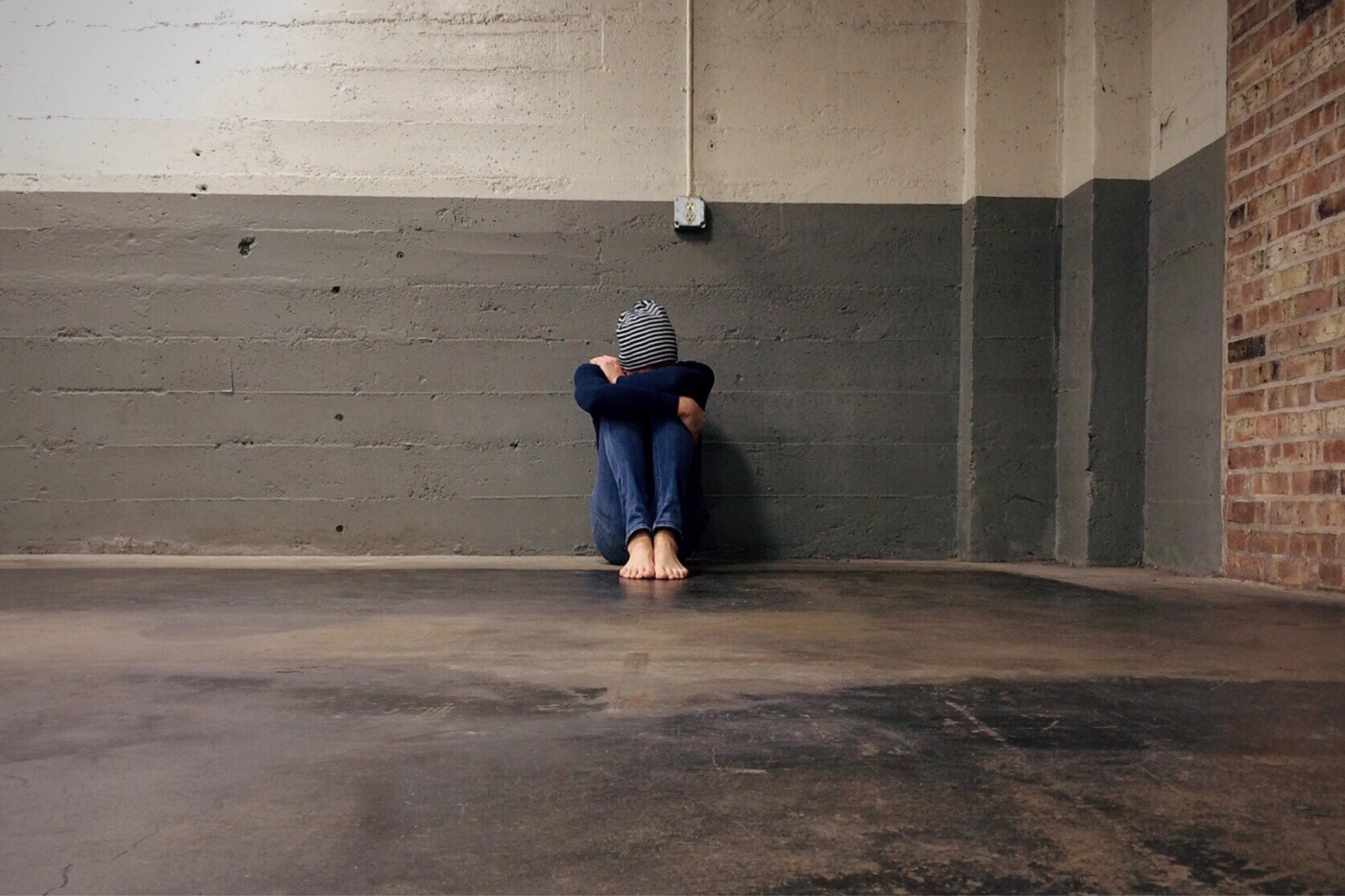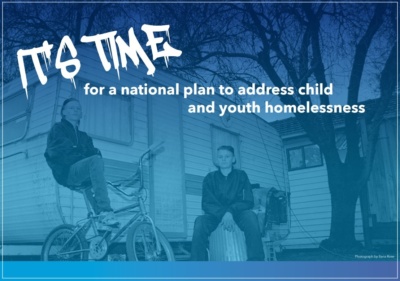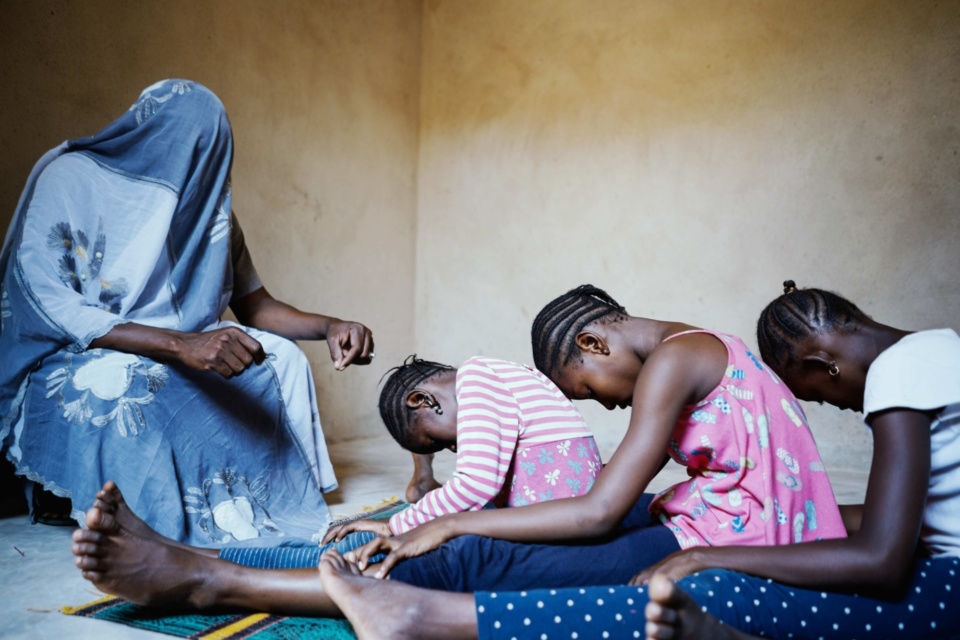National giving campaign launched - updated
Posted on 28 May 2025
A national philanthropy campaign aimed at redefining how Australians can give more to help those…
Posted on 25 Jul 2023
By Greg Thom, journalist, Institute of Community Directors Australia

A new report paints a harrowing picture of the plight of homeless youth on Australia’s streets.
The It's time – for a national plan to address child and youth homelessness report analysed Australian Bureau of Statistics (ABS) data to reveal the extent of the homeless crisis affecting children and young adults.
The study, conducted by disadvantaged youth advocacy organisation Youth Development Australia revealed:
A commitment by the Rudd Government in 2008 to halve the rate of homelessness by 2020 has failed to make a significant dent in the number of young people seeking help from homeless services.

Children and young people who live with homelessness are more likely to also experience trauma or poor mental health, unemployment, leave school early, and cross paths with the criminal justice system.
The report, released today at the National Children and Youth Homelessness Conference in Melbourne, found the leading causes of homelessness include poverty, unemployment, housing stress and family violence.
These issues have been exacerbated by what the report describes as “an interconnected web of system failures.”
These include an alleged failure of successive governments to invest in affordable housing, to provide accessible mental health support, and to prioritise early intervention.
The report found that most support services focus on adult homelessness, with the few specialist programs catering to the specific needs of children and young people under-resourced and overwhelmed by demand.
The It’s time report states previous initiatives to alleviate the plight of homeless Australians such as the 1999 National Homeless Strategy have had little impact.
Instead, a national plan with a focus on children and young people is more likely to ensure their specific needs are met compared to one that seeks to tackle homelessness overall.
The report said the weaknesses of previous blueprints could be overcome by genuine consultation and adopting the following principles:
Co-design: Young people with experience of homelessness should be front and centre in the design and implementation of the plan.
Ownership: The plan must be the responsibility of all agencies that work with and fund services, including housing and homelessness services, education systems and schools, health, and youth services.
Authoritative: The plan should map the means to end child and youth homelessness, how that can be done, how long it might take and at what cost to governments, organisations and the community.
Accountable: The plan should include measurable goals and outcomes for which governments and agencies are held responsible.
With traditional approaches to solving the youth homeless crisis failing, the report's authors called for a new approach.
They want Canberra to work collaboratively with youth homelessness services and young people with lived experience to develop a plan which specifically tackles child and youth homelessness.
Key elements should include strategies to reduce poverty; increase employment; provide more targeted social and affordable housing; and for early intervention to reduce family violence.
“With the recent census data, it is no secret that our governments’ current approach to tackling youth homelessness is not working.”
Keith Waters, CEO of Youth Development Australia and a 30 year veteran of working with homeless youth, said the ABS figures paint a harrowing picture of life on the street for the nation's most vulnerable citizens.
“These are not mere figures; they represent young lives caught in a cycle of despair, deprivation and uncertainty,” Mr Waters said.
“Behind each number is a child or young person who has been failed by the very systems entrusted to protect and support them.”

Mr Waters said too many children and young people experience homelessness, which can vary from sleeping rough to couch surfing or living in severely-crowded dwellings.
“As a nation that prides itself on fairness and compassion, it is unconscionable that we continue to witness the neglect of our most vulnerable members of the community.”
Mr Waters urged all tiers of government and non-government organisations to work together to formulate a co-ordinated national approach to end child and youth homelessness.
“The Australian government must rise to the occasion and demonstrate a genuine commitment to the well-being and future of the nation's children and young people.”
Posted on 28 May 2025
A national philanthropy campaign aimed at redefining how Australians can give more to help those…

Posted on 05 Mar 2025
This year’s social impact high achievers come from a family dispute resolution service, a…

Posted on 05 Mar 2025
An alarming epidemic of weaponised gender-based violence is silently escalating in the shadows of…

Posted on 17 Feb 2025
A new report has called for the introduction of a legally enforceable right to housing across the…

Posted on 15 Feb 2025
Bitterly disappointed charities have slammed the passing of new electoral reforms they claim will…

Posted on 14 Feb 2025
The Trump administration's gutting of USAID threatens to undermine decades of progress in…

Posted on 13 Feb 2025
While Australia has had some trailblazing female politicians over the years, the road to political…

Posted on 12 Feb 2025
The election of Donald Trump as US president is an expression of a pervasive cultural shift away…

Posted on 11 Feb 2025
Charity and not-for-profit organisations have banded together to voice their concerns that the…

Posted on 10 Feb 2025
The hiring Indigenous business managers by non-Indigenous businesses can help close the employment…

Posted on 10 Feb 2025
The targeting of a Geelong food relief charity by brazen thieves who cleaned out the organisation's…

Posted on 10 Feb 2025
Australian parents are banding together to ensure their kids are not robbed of their childhoods by…